Raised Garden Bed vs. In Ground Garden
First-time gardeners must decide: “should I plant in a raised garden bed or in the ground?” Certainly, it’s not always an either/or decision.
While I’ve always used a combination of both for many reasons, Jill Winger of the Prairie Homestead converted her in-ground garden to a garden comprised entirely of raised beds.
Though a devastating experience of inadvertently poisoning her garden served as a catalyst for the switch, she shares the benefits and drawbacks of both methods in today’s episode of the Beginner’s Garden Podcast. Click below to listen to our conversation or continue reading.
*links below contain affiliate links
Benefits of a Raised Bed Garden
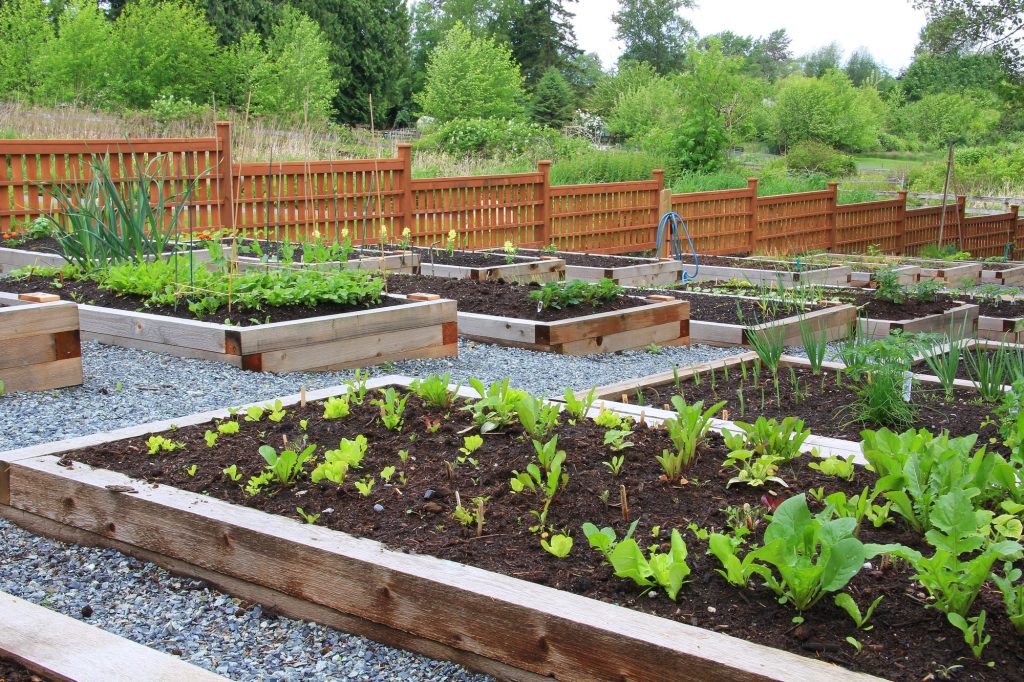
Raised garden beds are beautiful! They’re also the easiest to maintain, especially if you have mobility issues. Raised beds can also make you feel more organized and in control in your garden endeavor because of their structured nature.
Benefits of an In-Ground Garden Bed
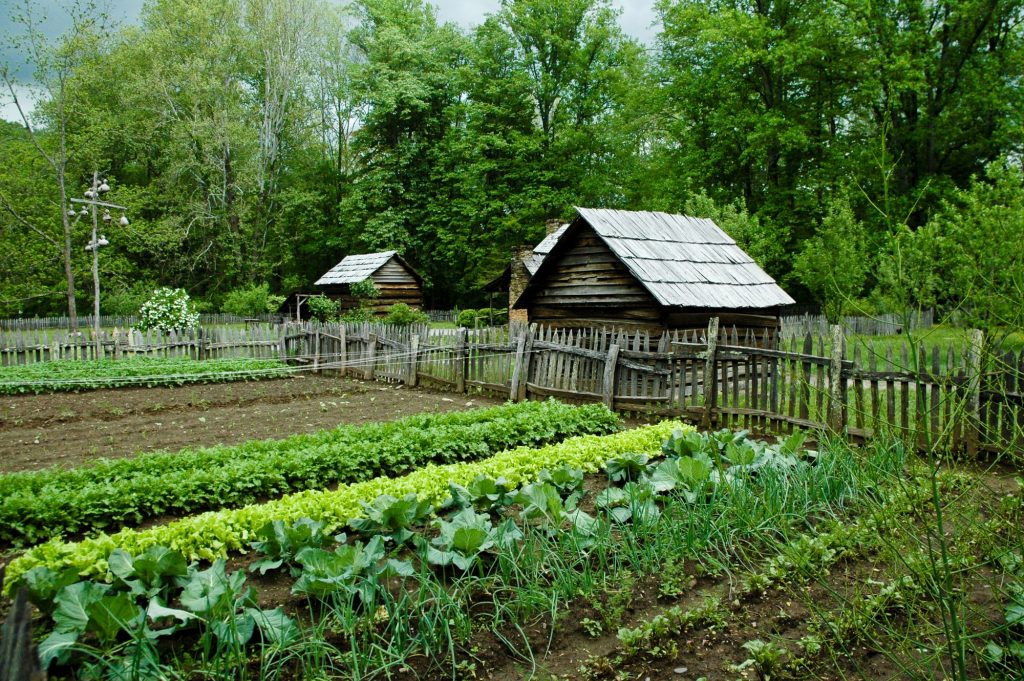
An in-ground garden is the easiest to set up in the beginning! You can till up a small plot and give gardening a try without a lot of time or money invested. New ground plots also typically have available lots of nutrients, which means your first garden will have plentiful resources from which to draw. (Of course, a soil test is always recommended.)
Drawbacks to a Raised Garden Bed
Raised beds, unless you already have supplies available — like this raised bed I built out of an old fence — are more expensive in time and cost. The cost of materials and soil can add up, especially if you’re making more than one.
Drawbacks to an In-Ground Garden Bed
Few of our yards come with the perfect soil quality and structure that a garden needs to thrive. You may have rocky soil, sandy soil, or clay soil — all of which will present challenges. You also may have soil that’s too acidic or too alkaline, both of which will need amended if they’re too far out of the optimal range. Then, there’s the issue of weeds, which has always been a larger problem in my in-ground beds than my raised beds.
Jill Winger’s Raised Garden Beds
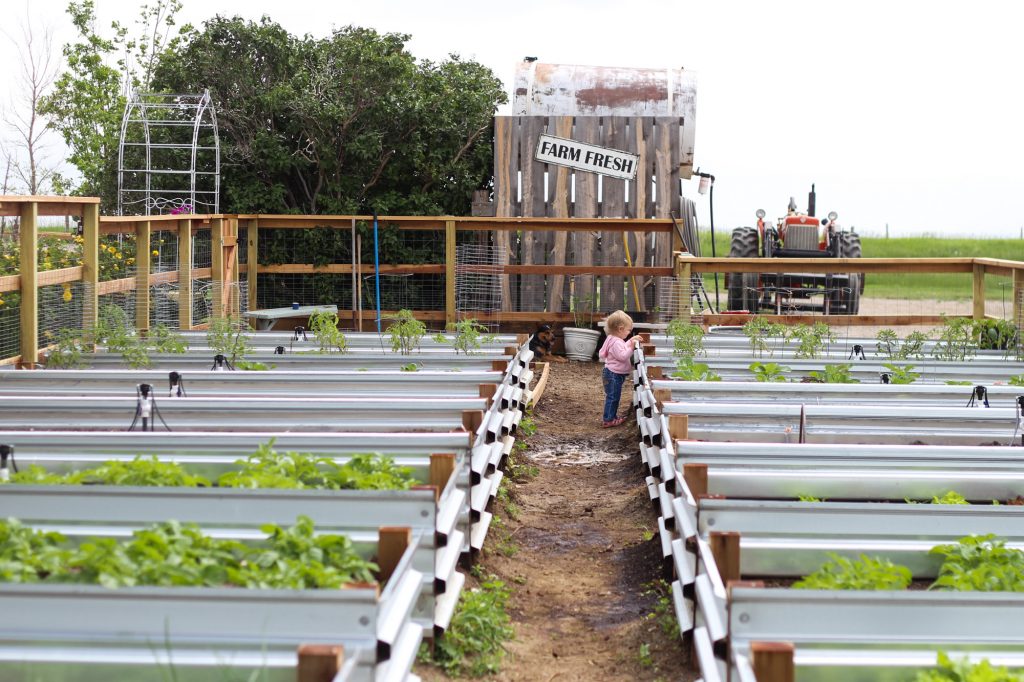
If you’re thinking of making the switch to raised beds, or if you want to start your garden with them, you have many options. Here, Jill shares more of her journey to building and growing in raised beds.
Raised Garden Bed Materials
The first question to ask before building raised beds is what kind of material to use. Though I use treated pine lumber in mine, Jill went a different direction.
She liked the look of galvanized metal, but it’s so flimsy that it wouldn’t hold up the weight of the soil in the size of beds she planned to build. As an alternative, she used a bridge decking steel that they had to purchase from a building supply company. It is sturdy enough to hold the soil and wasn’t as labor intensive as some other materials.
Raised Garden Soil
Tall beds means more soil. Because Jill chose to build fairly tall beds, she used fill dirt for the bottom half of the beds. For the top half, she used some of her native soil and mixed it with well composted manure. Read more about raised bed soil combinations here.
Lessons Learned from Raised Bed Gardening
As we all embark on our unique garden journeys, we learn lessons along the way. When asked what biggest lessons she wanted to pass onto others considering raised beds, these are the top tips Jill suggested:
If you’re going to do many beds, have a plan for your irrigation. Raised beds will dry out faster than in-ground beds, so for most people, irrigation is a must. But don’t depend on you remembering to water, unless you only have a few beds. A simple irrigation plan, such as drip lines or soaker hoses set on a timer, will save you lots of time and effort.
Make sure you’re still digging and working the soil. The temptation with raised beds is to “set it and forget it” when it comes to the soil. But soil will compact, even though you’re not stepping on it. Because it still needs aeration, plan on gently loosening the soil each season. This is especially needed for root crops like carrots and beets.
Prairie Homestead Cookbook
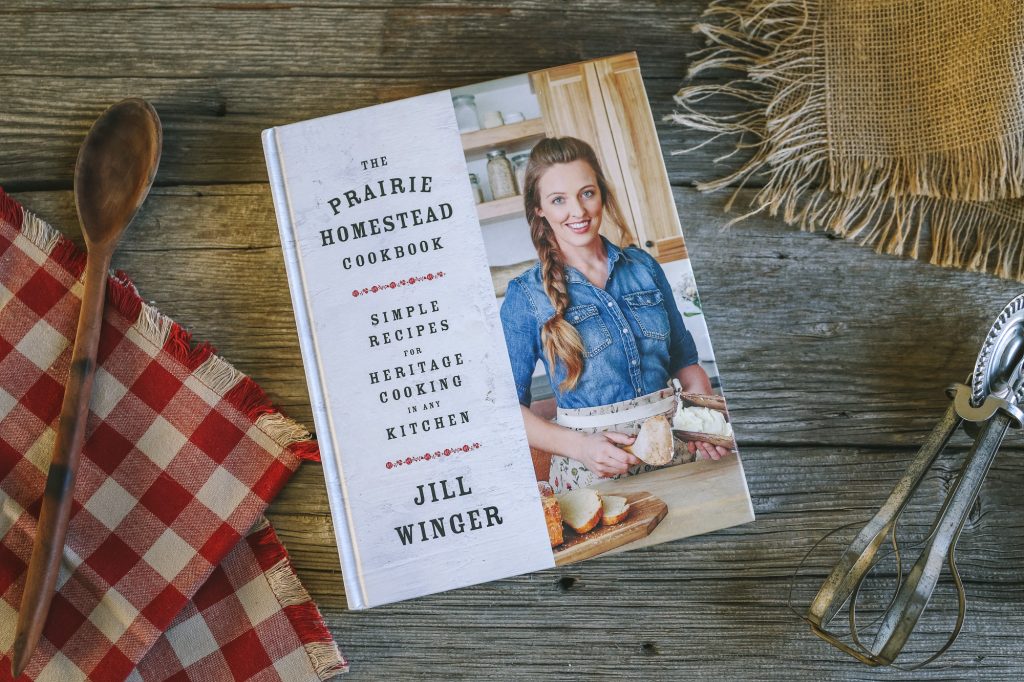
Jill Winger of the Prairie Homestead Blog is also the author of the newly-released Prairie Homestead Cookbook.
To purchase your copy of The Prairie Homestead Cookbook, click here. (On a personal note, this has become my all-time favorite cookbook!) Then after your purchase, go to Homesteadcookbook.com and enter your receipt number to get a packet of bonuses!
–
For more discussion on ground beds and raised beds, see this post: Planning Your Garden Space.
Do you get overwhelmed with garden planning?

Subscribe here for my best tips to plan your garden in just 7 days -- all for FREE.
Plus, I'll send you my "In the Garden E-mail" on Fridays, periodic updates on garden resources relevant to you, and you'll receive access to my entire bank of free garden downloads!
You are also agreeing to our privacy policy.

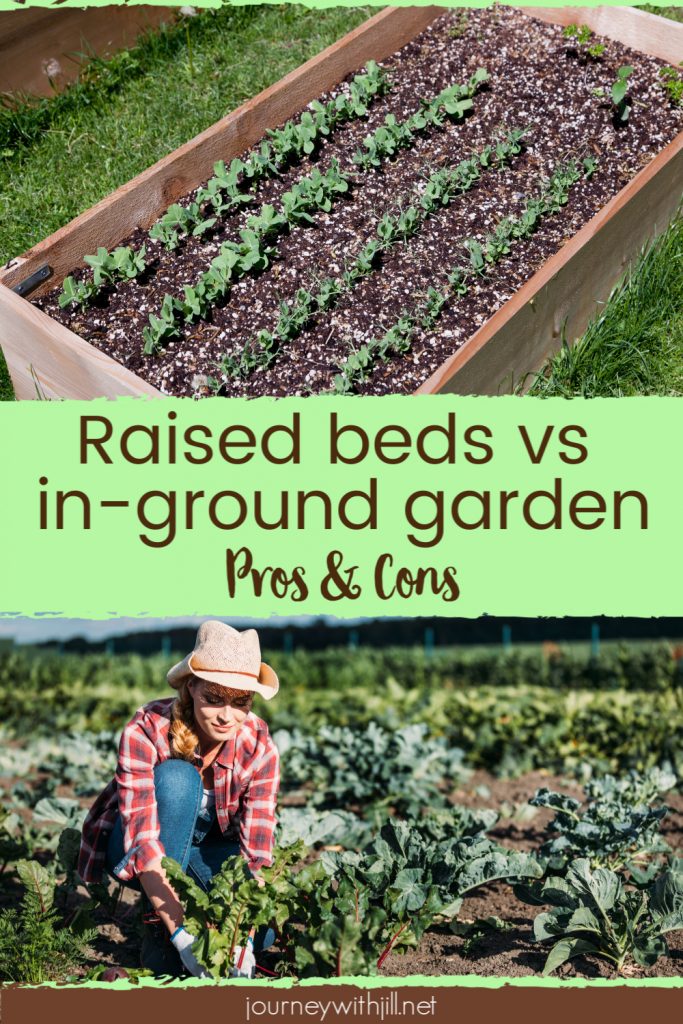
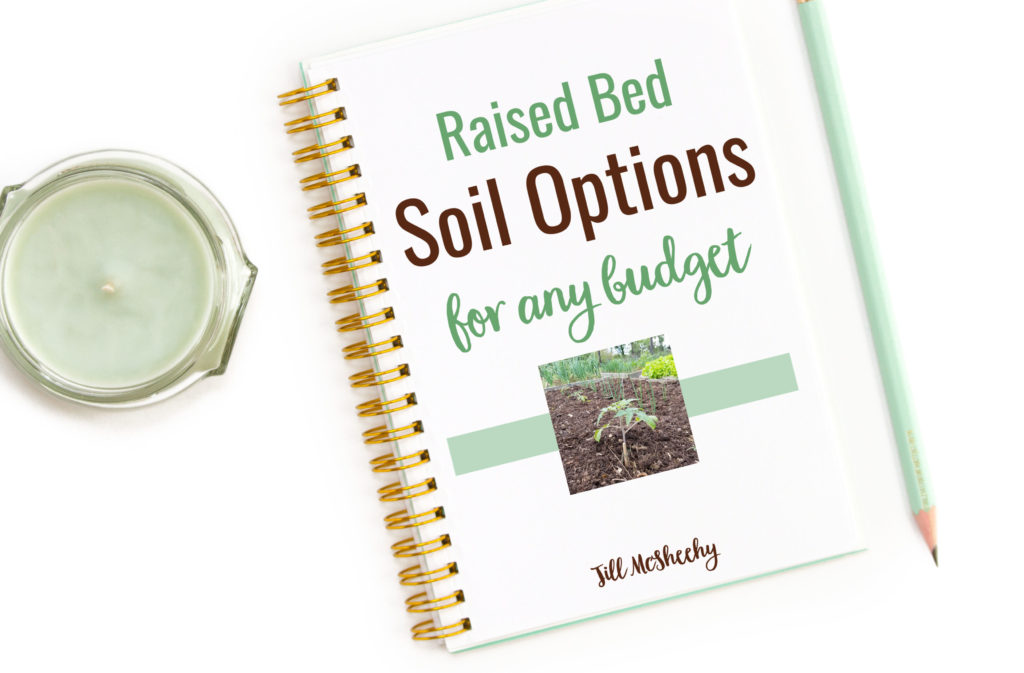
I got Jill’s cookbook and absolutely love it! It’s much more than just a cookbook!
Yes it is! I love that about it!
Hi Jill,
Loved that post in the snow! And I love your raised beds..
Where did you get that galvanized steel for your raised beds?
Thanks—-Wayne
Hi Wayne, Jill McSheehy here. The steel raised beds are from Jill Winger’s garden. (I know, too many Jills here.?) She said you could check steel suppliers or building companies, and she gives more information on building them in this post on her blog: https://www.theprairiehomestead.com/2017/04/building-raised-beds.html
Can we talk about fertilizer in raised beds? I listened to your podcast about mulchs and soils with raised beds, but am really interested about organic fertilizers in both containers, in-the-ground and raised beds. Any help in that realm? Thank you in advance!
I think the biggest thing is to add compost each season. Besides that, I personally will use fish emulsion from time to time during the season with certain plants, and I also will add some Organic Tone all-purpose fertilizer occasionally. As far as containers go, I really don’t have personal experience with that, but fish emulsion is another good suggestion. Worm castings are also good. Container vegetables, in general, will require more supplemental fertilizer than in-ground or raised beds.
Is it okay to use all metal such as pipe and angle iron to hold metal sheet sides together?
Wood does not work well in my area and I have more access to metal. Thankful for any advice!
I’m not 100% sure, but I wouldn’t see any problem using metal. You might do some further research on it, though. It seems from my quick search that most people talk about galvanized steel in garden beds and don’t specifically address the materials you referenced.
People asking about what amendments to add to raised beds should have their soil tested. Fish and mushroom are both safe and excellent additives. Egg shells, coffee grounds, baking soda and Epsom salts are also good when warranted. .